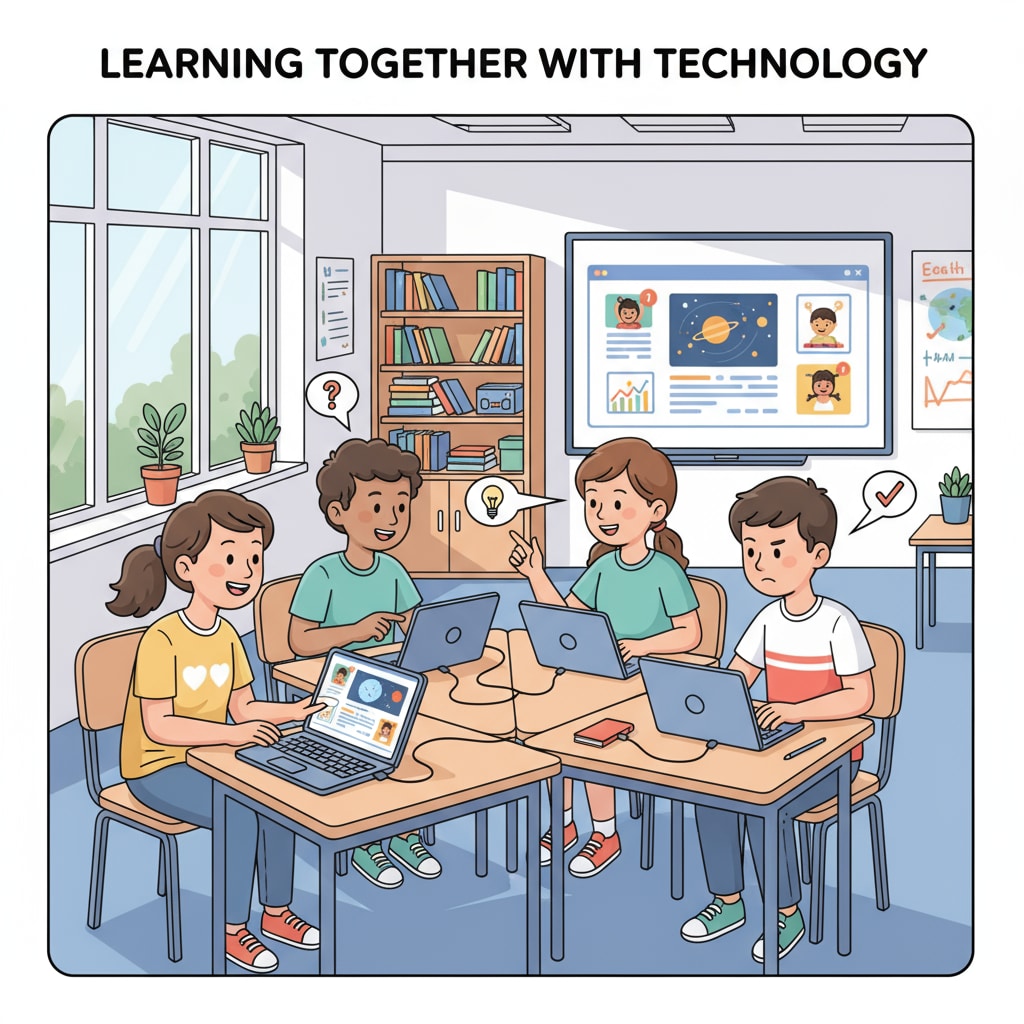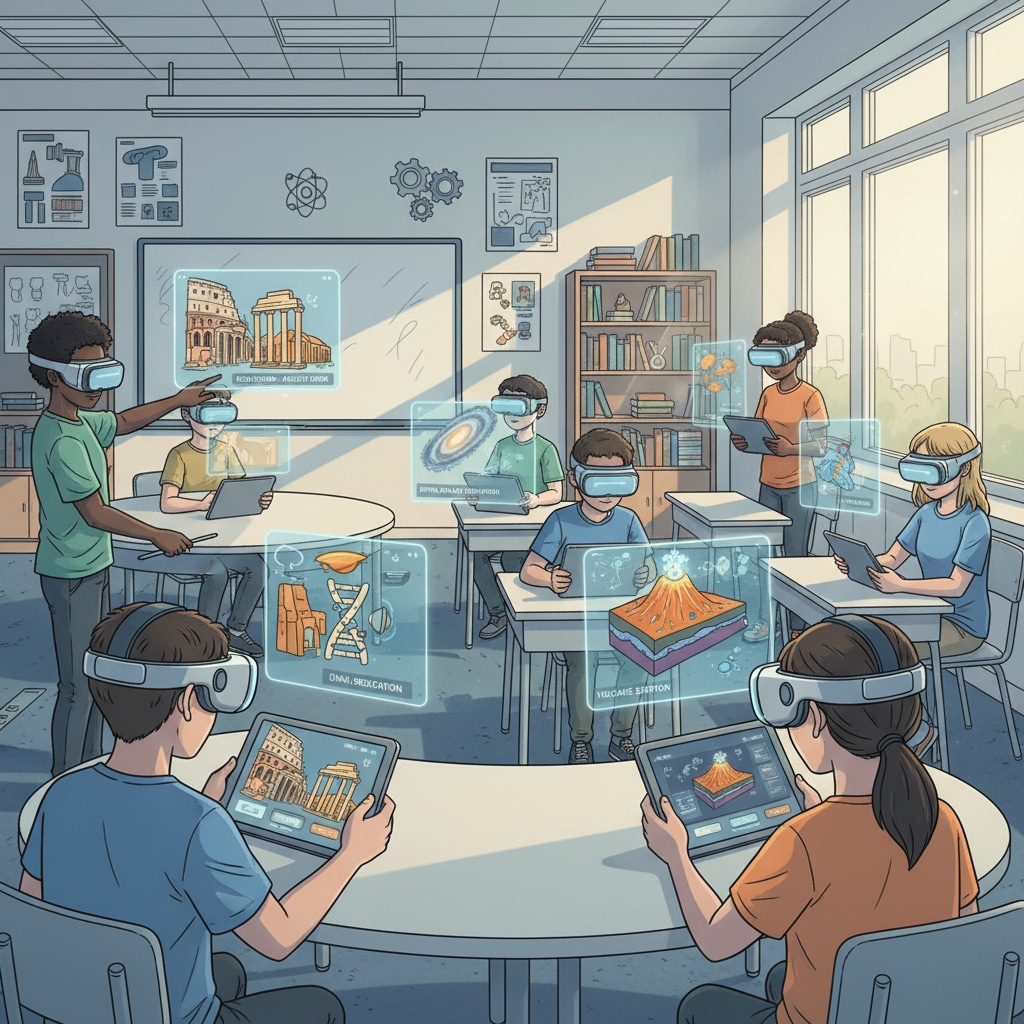In the realm of modern education, educational technology, classroom learning, and student engagement are intertwined elements that shape the success of K12 education. As we move beyond the basic use of smart whiteboards, it’s essential to explore innovative tools that can truly transform the learning experience.

The Limitations of Traditional Tools
Smart whiteboards have been a staple in classrooms for years. However, they often serve mainly as advanced presentation tools. They might display content, but they don’t always actively engage students. For example, a teacher using a smart whiteboard to present a lecture may find students passively watching. According to The National Education Association, traditional teaching aids like these lack the interactivity needed to keep students engaged throughout the lesson.
Innovative Educational Technology Tools
One such tool is interactive learning platforms. These platforms offer a range of features, from gamified lessons to collaborative projects. For instance, platforms like Kahoot! turn learning into a fun competition, where students answer questions in real-time. This not only makes learning enjoyable but also encourages active participation. Another example is Google Classroom, which facilitates seamless collaboration between students and teachers. It allows for easy assignment distribution, submission, and feedback.

Virtual and augmented reality (VR/AR) technologies are also making waves in education. VR can transport students to historical events or far-off places, providing immersive learning experiences. AR, on the other hand, can bring textbook content to life. For example, students can use AR apps to view 3D models of scientific concepts right on their textbooks. As stated by Tech With Tim, these technologies have the potential to deepen students’ understanding of complex topics.
In addition to these, educational apps for mobile devices are a great resource. There are apps for language learning, math practice, and even art creation. These apps can be used in or out of the classroom, allowing students to learn at their own pace.
Readability guidance: The key is to use a variety of tools that cater to different learning styles. By incorporating these innovative educational technologies, teachers can create a more engaging and effective learning environment for students in K12 education.


